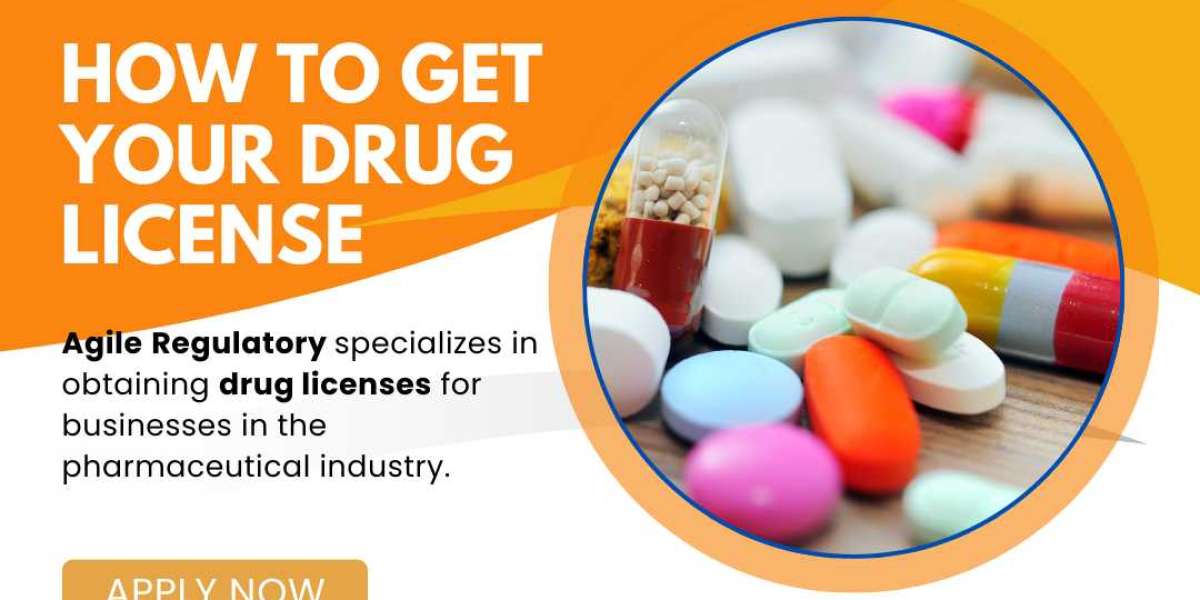The Digital Disruption and Efficiency Gap
The primary driver of this consolidation is the organized sector's ability to leverage technology and economies of scale. Organized chains—both offline (e.g., Apollo Pharmacy, MedPlus) and online (e.g., Netmeds, PharmEasy)—excel in supply chain management, using sophisticated AI-driven inventory systems to predict demand, reduce stockouts, and minimize expiry losses.
Traditional pharmacies, however, often rely on manual or outdated processes, leading to higher operational costs and lower inventory efficiency. They lack the capital to invest in modern Enterprise Resource Planning (ERP) systems, advanced dispensing automation, or sophisticated cold-chain monitoring. This efficiency gap directly translates into higher prices and reduced service speed compared to the aggressive pricing and rapid delivery promised by the consolidated players.
Customer Experience and Value-Added Services
Modern consumers, particularly in urban and semi-urban areas, expect more than just medication. Organized chains are transforming into integrated wellness hubs offering:
Diagnostic Services: Basic testing facilities (blood pressure, sugar checks) on-site.
Loyalty Programs: Discount schemes and personalized health reminders driven by data analytics.
Omnichannel Access: The ability for customers to order online and pick up in-store, or vice versa, bridging the trust gap between e-commerce and physical retail.
Traditional pharmacies, limited by space and investment, struggle to offer these value-added services, making them less attractive to the digitally native consumer who prioritizes convenience and holistic care.
Compliance Costs and Financial Pressure
While a valid licence for a pharmacy is the foundational requirement for both sectors, the organized chains have the resources to manage increasingly stringent regulatory compliance. New mandates concerning digital health records, cold-chain integrity for specialized drugs, and continuous pharmacist training represent high fixed costs.
For small, independent owners, these growing compliance burdens significantly cut into already thin margins. The organized chains absorb these costs across hundreds of stores, effectively turning compliance into an operational necessity that disproportionately disadvantages smaller competitors, making them financially vulnerable targets for acquisition.
The Investor Magnet
The final push comes from private equity and venture capital. Investors see the fragmented nature of the Indian pharmacy market as a massive opportunity. Capital flows enable the organized sector to aggressively offer discounts, fund expansion into new territories, and absorb losses temporarily—a luxury independent pharmacies cannot afford. By 2030, this relentless pursuit of market share, combined with a structural lack of scale and efficiency in the traditional sector, will likely lead to a highly consolidated market dominated by a few major players.
The Role of Agile Regulatory Frameworks
The pace of market disruption necessitates a shift toward an Agile Regulatory environment to protect consumer interests and ensure fair competition. For the government and regulatory bodies like the State Drug Authorities and CDSCO, this means moving beyond static rules to creating a framework that is technology-neutral and adaptive. An agile system would implement risk-based digital inspections that prioritize quality and compliance over paperwork. Crucially, it must also focus on digital capacity building for traditional pharmacies, perhaps through subsidized access to standardized compliance and inventory software. This approach ensures that while innovation continues, the core mandates of patient safety and drug quality are upheld across the entire ecosystem, preventing consolidation from eroding last-mile drug access.







